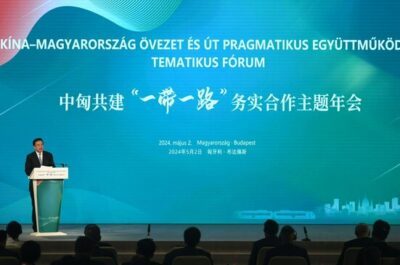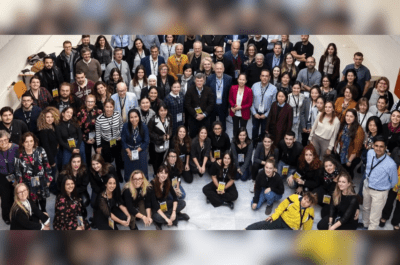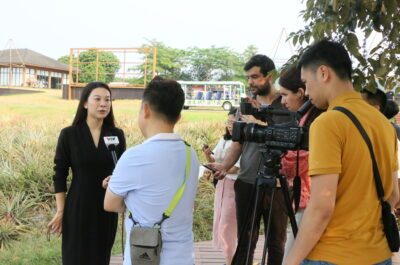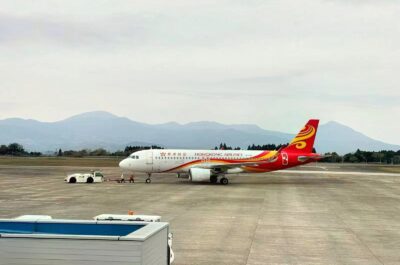…
You may be tired of hearing it, but technology is developing in ways undreamed of even 12 months ago. Soon our refrigerators will automatically order common foods to be delivered by the supermarket, but we won’t be able to open the refrigerator until the microchip on our wrist-watch tells it we have taken some exercise!
The Internet has the potential to change how exhibitions are presented radically. If you’re not doing it already, the chances are you will register for your next exhibition on-line, cutting out paper form filling and possibly a long queue at the entrance desk.
World Travel Market in London shows the trend. In 2003 72% of all pre-registrations – nearly 25,000 – were done on-line, a 98% increase on the previous year. The days of the fax and the post-box are numbered, but over-reliance on the computer causes havoc when systems go down and e-mails go astray.
WTM exhibition director, Fiona Jeffery, says: “I used to be sceptical about the benefits because not everyone had Internet access and e-mail, but now even areas such as Africa and South America prefer to communicate this way. Ours is such an international business, and e-mail allows us to communicate much faster.
“It costs virtually nothing, and allows us to follow-up by reminding people to register and tailoring our communications to their interests.”
Webcasting – filming something and then broadcasting it over the Internet – is a development of great interest. “It allows people to keep in touch, and could motivate people living reasonably near the exhibition to come,” says Fiona Jeffery.
“But the drawbacks of websites are time and resources. To run a good website takes a lot of investment and energy.”
Another benefit of the web is on-line appointment setting, as with the conference and incentive travel exhibition EIBTM which allows exhibitors and visitors to arrange all their meetings on-line.
EIBTM marketing manager, Mandy Torrens, says: “We now register all visitors on-line, and exhibitors can promote themselves on-line and organise most aspects of their participation including catalogue entry, badges, registering companies sharing their stand, and making appointments.
“Visitors can view their on-line diary and request additional appointments, while exhibitors can block off times they are not available and see information about the people they have made appointments with.”
ETTFA president Stanislava Blagoeva-Duschell shares many people’s enthusiasm about the Internet but raises some concerns too.
“The Internet will slowly replace print media, but some exhibition organisers are over-protective of their databases and will not make available on-line much useful information about the people and organisations attending,” she says.
“Exhibition organisers often do not update their websites, or release information only a few days before an event takes place. The majority of organisers feel giving out this information undermines their databases, but they should have more faith in themselves.”
ETTFA’s president is looking forward to the dawn of the “virtual exhibition” which would supplement – but not replace – the real or “on-ground” event. She expects software to be developed allowing someone on the other side of the world to speak to someone attending an exhibition via a webcast, through a secure and private link.
“Imagine how many more ‘visitors’ you would get when the cyber visitor arrives, but this would only work in conjunction with an on-ground event,” she says. “It is a controversial subject, but people will always want to meet face-to-face as they always have done.”






















































